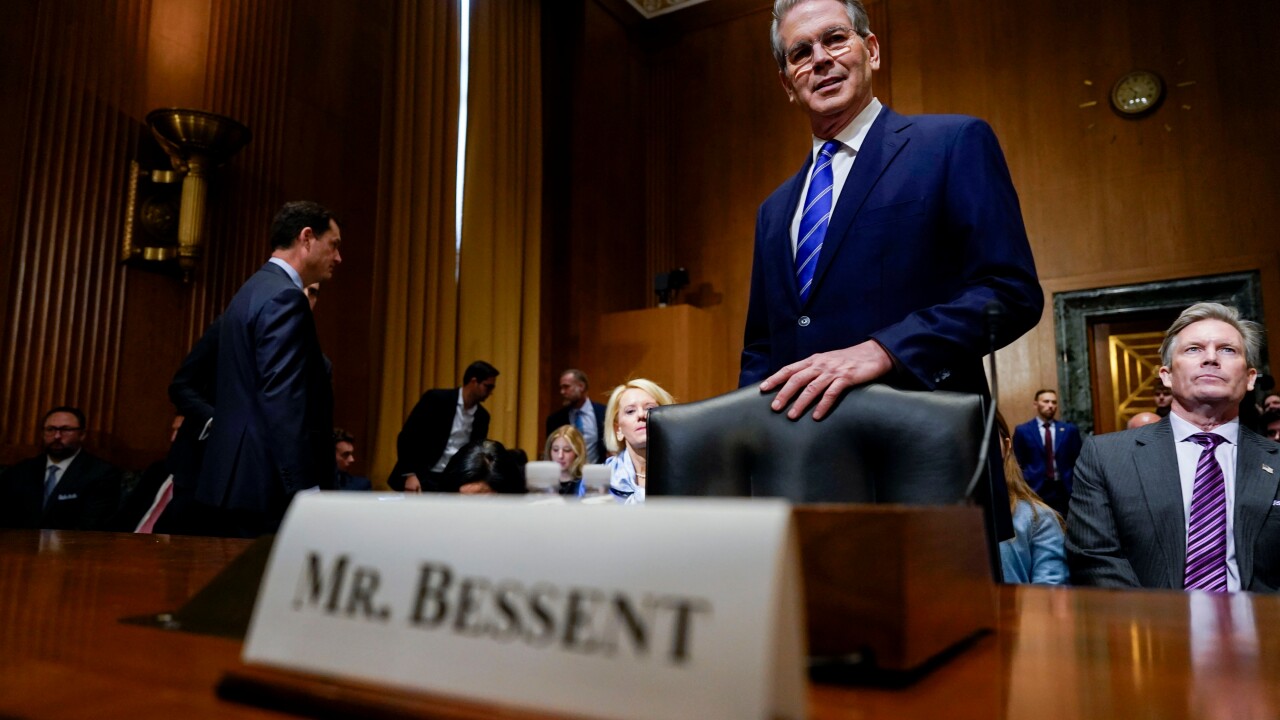Saving doesn't have to be boring.
Imagine you're walking into Bloomingdales, your shopping weakness, when your smartphone starts to suddenly buzz. As you pick up the device to make the vibrations cease, a voice message from your spouse calls out: "Honey, put your cards away. Step away from the register."
You won't have to only envision that scenario for much longer. Cambridge, Mass.-based startup ImpulseSave is working on folding the above feature, called Danger Zone,
ImpulseSave has a number of existing features set to make savings account transfers more appealing. To that end, consumers provide ImpulseSave with their checking account details in order to create savings accounts that are backed by Leader Bank NA, a nationally chartered community bank. In turn, when a consumer has an urge to buy something like jeans, she can tap on her ImpulseSave mobile app, among other ways, to transfer the amount she would have spent on an item into her savings account instead.
"We've armed people with tools that leverage natural instincts to [help them] save better," says Fremont-Smith. "It's such an unleveled playing field and [we] aren't aware of the cacophony of marketing that's targeted to us. …The truth why [we] aren't saving is that our brain was designed to be good at hunting and gathering — not planning ahead. When we see fruit on a vine, we are hardwired to grab that fruit."
Though ImpulseSave may seem far out there to some, the company claims it's already saving users more than $3,000 annually. The company says that 40% of its users, a number not disclosed, maintain their savings after reaching their goals. As such, "there's an opportunity to introduce longer-term financial products," says Fremont-Smith, adding he's open to banks white labeling his technology. "We have been approached by many banks that perceive us as an interesting way to drive originations and core deposits [while] putting themselves on the customer's side."
The bank powering ImpulseSave's savings accounts has added new customers because of its partnership with the startup.
"Savings has become important again," says Jay Tuli, vice president of retail banking and corporate development at Leader Bank. "People are refocused on building their credit and borrowing less."
The bank has opened "quite a bit" of accounts because of its partnership with ImpulseSave, says Tuli. Before consumers can open Leader Bank savings accounts, the bank must vet the individuals applying, a process that typically takes one to two business days, Tuli adds.
As for the potential of offering ImpulseSave customers longer-term products, Tuli says that it's too early to tell.
Meanwhile, banks like ING Direct and U.S. Bancorp (USB) are using consumer-facing products to show customers the impact of their day-to-day spending on their longer-term financial goals or to reward customers for hitting savings thresholds in an effort to drive savings.
ING Direct
U.S. Bancorp (USB), meanwhile, offers a S.T.A.R.T. savings account that gives customers $50 Visa rewards cards when they reach $1,000, and another $50 if they maintain the balance for a year when they set up recurring transfers into their savings account. As of mid-September, S.T.A.R.T. boasted $3.4 billion in savings balances.
"There's a universal need to be in control of your money and create a nest egg," Karen Johanning, senior product manager, says. "Our rewards are meant to be a pat on the back. That's the impetus and remains the primary goal of S.T.A.R.T. You won't magically put [money] into your savings by accident. …It has to be a deliberate choice."





